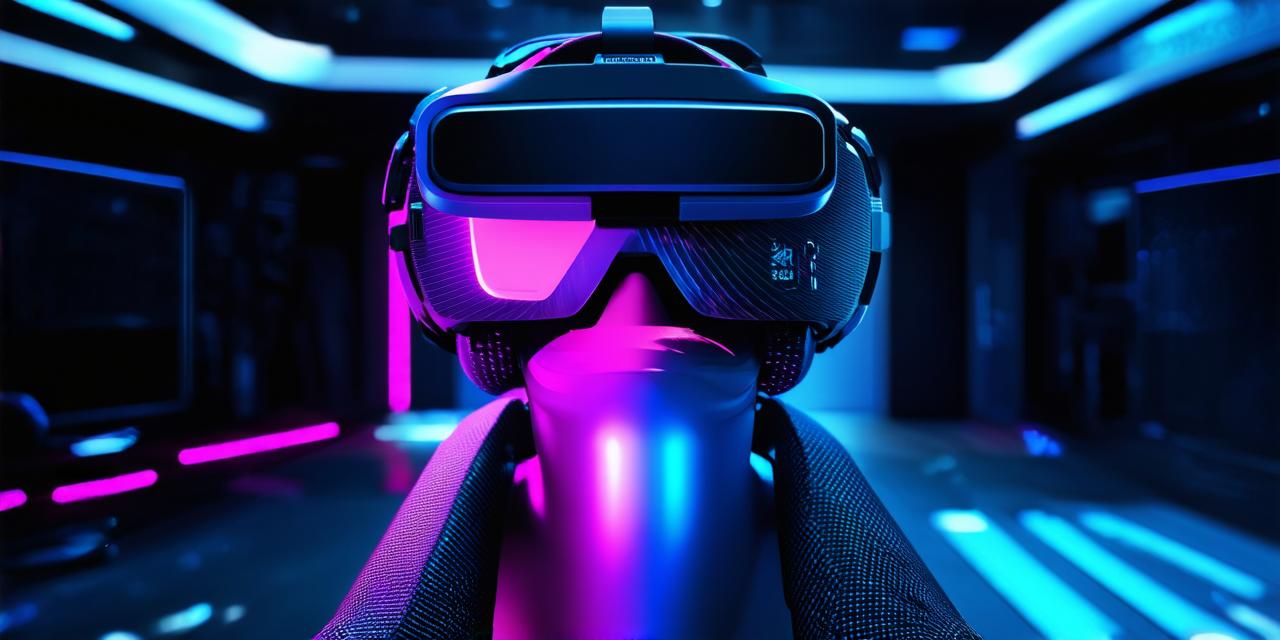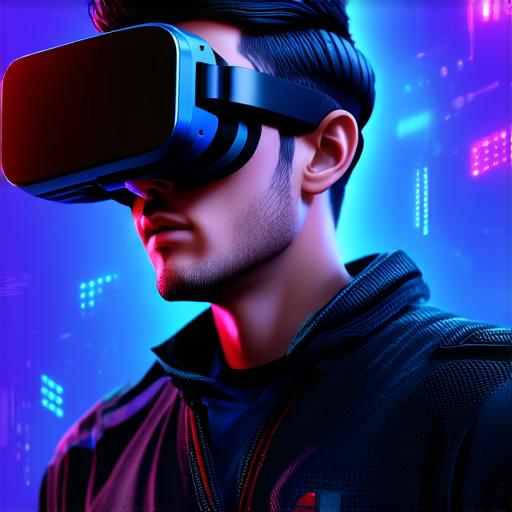
How do you make use of virtual reality?
Virtual reality (VR) technology is quickly gaining popularity in various industries, including gaming, education, and healthcare. As VR development continues to evolve, virtual reality developers need to understand how to make the most of this technology in order to create engaging and immersive experiences.
1. Understanding VR Development Tools
Before diving into the world of VR development, it is important to understand the tools that are available for creating virtual environments. There are many different software options available for developers to choose from, each with its own set of features and capabilities. Some popular VR development tools include Unity, Unreal Engine, and A-Frame.
2. Creating Immersive Environments
One of the key aspects of virtual reality is the ability to create immersive environments that transport users into a new world. Virtual reality developers can achieve this by carefully designing their environments with attention to detail. This includes using textures, lighting, and sound to create a fully-realized environment that engages the user’s senses.
3. Developing Interactive Experiences
Virtual reality experiences are all about interaction, so it is important for developers to create interactive experiences that allow users to explore and interact with their virtual world. This can be achieved through the use of motion controllers, gesture recognition, or voice commands. Developers can also incorporate physical objects into their VR environments to provide users with a sense of presence in the virtual world.
4. Optimizing for Performance
Virtual reality experiences can be resource-intensive, so it is important for developers to optimize their experiences for performance. This includes minimizing the use of complex graphics and reducing load times to ensure that users have a smooth experience. Developers can also use techniques such as level of detail (LOD) to reduce the amount of data that needs to be processed, which can improve performance.
5. Testing and Iteration

Virtual reality development is an iterative process, with developers constantly testing and refining their experiences based on user feedback. It is important for developers to test their VR experiences in a variety of environments and with different hardware configurations to ensure that they are optimized for all users.
Case Study: Virtual Reality Training for Medical Professionals
One example of how virtual reality can be used is in the field of medical training. Virtual reality simulations allow medical professionals to practice surgical procedures and other medical procedures in a safe and controlled environment. This allows them to gain hands-on experience without putting patients at risk.
5. Testing and Iteration
Virtual reality development is an iterative process, with developers constantly testing and refining their experiences based on user feedback. It is important for developers to test their VR experiences in a variety of environments and with different hardware configurations to ensure that they are optimized for all users.
FAQs:
Q: What kind of software do I need to develop VR experiences?
A: There are many different software options available for creating VR experiences, including Unity, Unreal Engine, and A-Frame.
Q: How can I optimize my VR experience for performance?
A: Developers can optimize their VR experiences by minimizing the use of complex graphics and reducing load times. They can also use techniques such as level of detail (LOD) to reduce the amount of data that needs to be processed.
Q: Can virtual reality be used in medical training?
A: Yes, virtual reality has been shown to be effective in improving the skills of medical students and residents by allowing them to practice procedures in a safe and controlled environment.


